Will to Live
How proper planning can impact the quality of your final days
Many of my estate-planning clients grasp the importance of wills,
living trusts and financial powers of attorney but feel
unprepared when the conversation turns to quality-of-life for
their final years.
In the 1970s and again in the 1990s, the nation became engrossed
with end-of-life issues when the media grabbed hold of the
stories of Karen Ann Quinlan and, later, Terri Schiavo.

Family Values
Negotiating your personal worth as a caregiver
When Shelley Tabar’s father fell off her roof, she became his primary caregiver and subsequently lost nearly half her income.
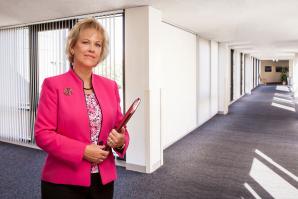
Listen to Your Heart
Before it tells you goodbye
Somewhere between board meetings, the kids’ soccer practice and family doctors appointments, women are ignoring an essential task: taking care of their hearts.
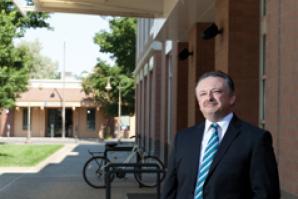
All Systems Go
Federal health care moves forward, but insurance affordability remains unknown
For business owners like Zennes Faljean, the Supreme Court’s decision to uphold President Obama’s federal health care overhaul marked far more of a beginning than a conclusion.
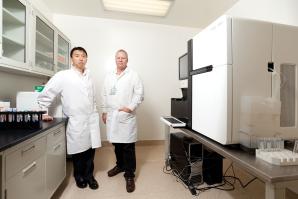
Genome Project
UC Davis finds opportunity on a cellular level
At a conference in China in November 2010, Harris Lewin and Richard Michelmore approached Jian Wang, the president of global genetics company BGI, with an informal question: Could they interest the world’s largest genomics research institute in building a lab at UC Davis?
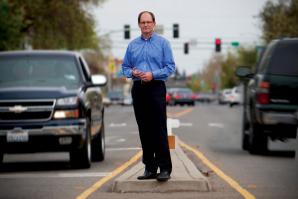
Eye On the Prize
Acuity with Bill Mueller
Bill Mueller, 47, is CEO and managing partner at Valley Vision. One of four partners in the regional Next Economy initiative, Valley Vision serves as the project manager of the Capital Region’s latest economic development effort.
Getting Work Done
In choosing plastic surgery, research is key
Both invasive and minimally invasive procedures carry significant risks of complication, so its important to research physicians and find out whether they are licensed in the surgeries they perform.
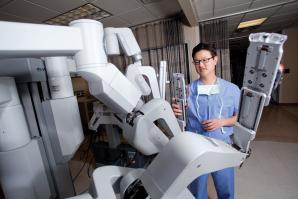
Head-Turning Technology
Advanced treatment promises better outcomes for prostate cancer
Rollie Swingle didn’t have treatment options for his stage IV prostate cancer.
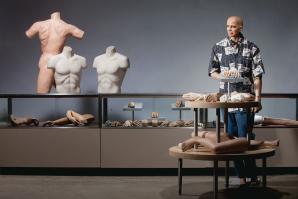
Male Enhancement
Cosmetic surgery offers confidence — at a cost
Last fall, for the first time in his life, Nicolas Ridout, 58, removed his shirt in front of strangers and went for a swim. This was not the first time a t-shirt had marked a personal milestone.

Up in Smoke
The fate of the marijuana industry
In the past few months, Sacramento County’s burgeoning medical marijuana industry has been slashed by two-thirds. Federal and local officials are slapping landlords with fines and criminal charges if they lease or rent to such establishments. In August, Sacramento County was home to 99 medical marijuana dispensaries. By November, more than 63 had closed.


